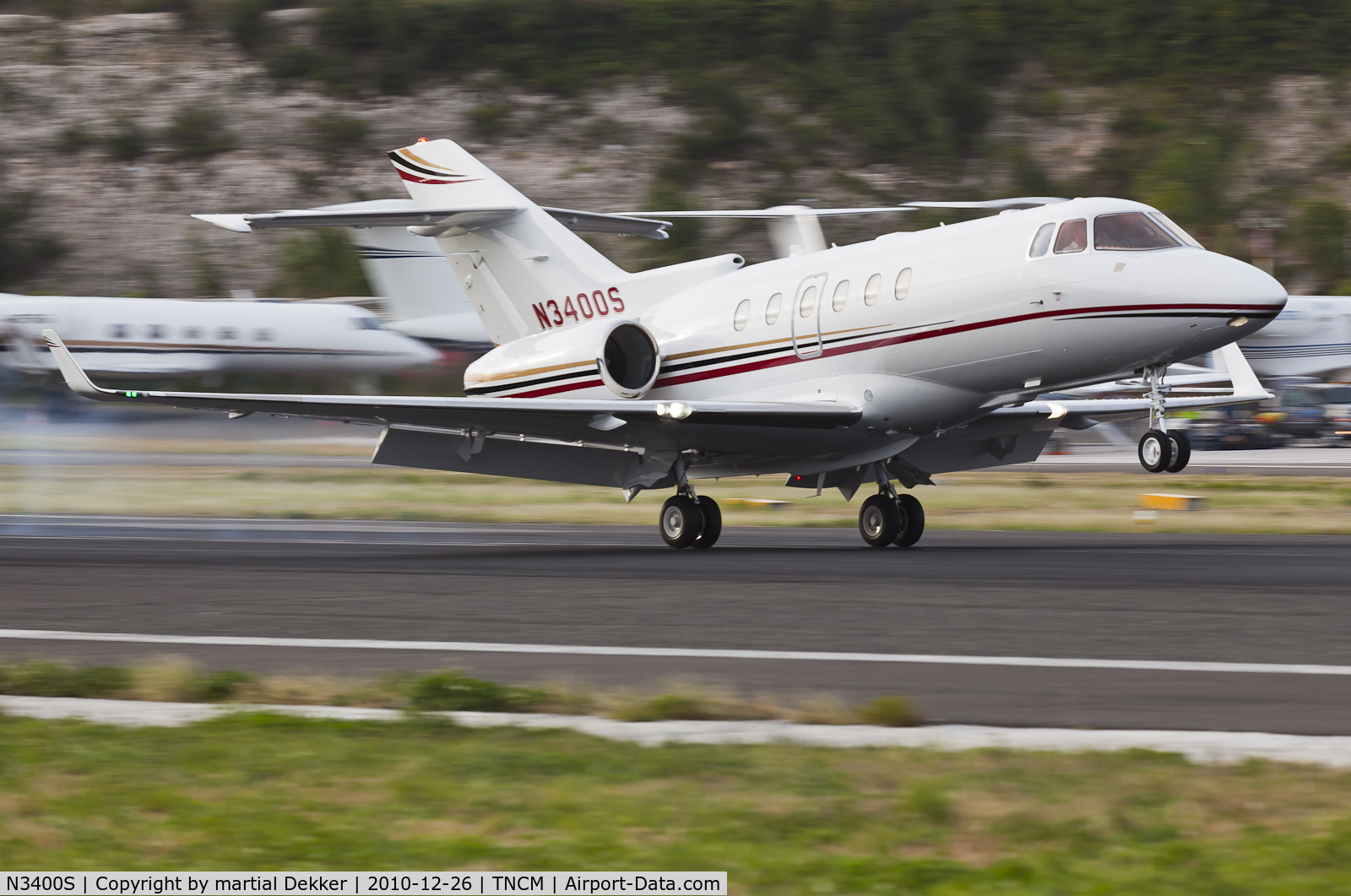vheissu
Well-Known Member
Hey guys,
Well after 3900 hours of buzzing around in slow turboprops, I am finally going to be flying something with a swept wing. The plane is a Hawker 800A. Any tips, either airplane specific, sim tricks, or just jet flying in general? Trying to get ahead here, as its going to be a big leap from a Twin Otter.
-J
Well after 3900 hours of buzzing around in slow turboprops, I am finally going to be flying something with a swept wing. The plane is a Hawker 800A. Any tips, either airplane specific, sim tricks, or just jet flying in general? Trying to get ahead here, as its going to be a big leap from a Twin Otter.
-J



